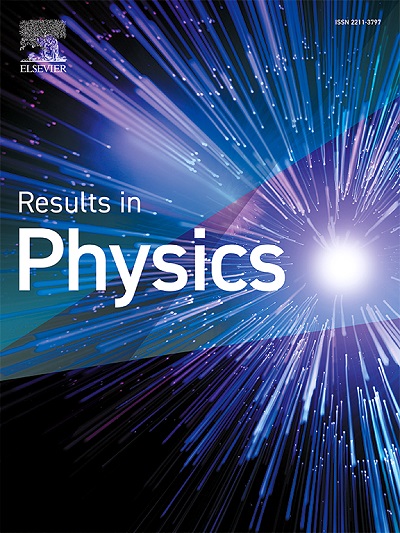用人工神经网络确定皮尔斯电子枪半束锥角
IF 4.4
2区 物理与天体物理
Q2 MATERIALS SCIENCE, MULTIDISCIPLINARY
引用次数: 0
摘要
基于输入设计光束参数对电子枪进行初步设计,一般采用各种电子枪设计方法,特别是迭代和非迭代方法。在电子枪的设计方法中,半束锥角的计算是至关重要的,它对电子枪几何形状的确定有着重要的影响。本文提出了一种预测半光束锥角的人工神经网络模型。人工神经网络模型的训练和测试使用的实验数据来自先前记录的电子枪研究。将该模型的预测结果与电子枪设计中常用的迭代法、非迭代法和改进非迭代法进行了比较。对比表明,该模型的主要相对误差(MRE)小于5%,取得了较好的性能。本文章由计算机程序翻译,如有差异,请以英文原文为准。
Determination of the Half-Beam cone angle for Pierce electron gun design using an artificial neural network
Various electron gun design methods, especially iterative and noniterative, are generally utilized for preliminary electron gun design based on the input design beam parameters. In the electron gun design methods, calculating the half-beam cone angle is crucial, as it significantly influences the determination of the electron gun’s geometry. In this paper, an Artificial Neural Network (ANN) model was proposed for predicting the half-beam cone angle. The ANN model was trained and tested using experimental data obtained from previously documented studies on electron guns. The predicted results of the proposed ANN model were compared with three well-known methods in the electron gun design: iterative method, noniterative method, and modified noniterative method. The comparison indicates that the proposed ANN model achieves better performance than the other methods, with a Main Relative Error (MRE) of less than 5%.
求助全文
通过发布文献求助,成功后即可免费获取论文全文。
去求助
来源期刊

Results in Physics
MATERIALS SCIENCE, MULTIDISCIPLINARYPHYSIC-PHYSICS, MULTIDISCIPLINARY
CiteScore
8.70
自引率
9.40%
发文量
754
审稿时长
50 days
期刊介绍:
Results in Physics is an open access journal offering authors the opportunity to publish in all fundamental and interdisciplinary areas of physics, materials science, and applied physics. Papers of a theoretical, computational, and experimental nature are all welcome. Results in Physics accepts papers that are scientifically sound, technically correct and provide valuable new knowledge to the physics community. Topics such as three-dimensional flow and magnetohydrodynamics are not within the scope of Results in Physics.
Results in Physics welcomes three types of papers:
1. Full research papers
2. Microarticles: very short papers, no longer than two pages. They may consist of a single, but well-described piece of information, such as:
- Data and/or a plot plus a description
- Description of a new method or instrumentation
- Negative results
- Concept or design study
3. Letters to the Editor: Letters discussing a recent article published in Results in Physics are welcome. These are objective, constructive, or educational critiques of papers published in Results in Physics. Accepted letters will be sent to the author of the original paper for a response. Each letter and response is published together. Letters should be received within 8 weeks of the article''s publication. They should not exceed 750 words of text and 10 references.
 求助内容:
求助内容: 应助结果提醒方式:
应助结果提醒方式:


